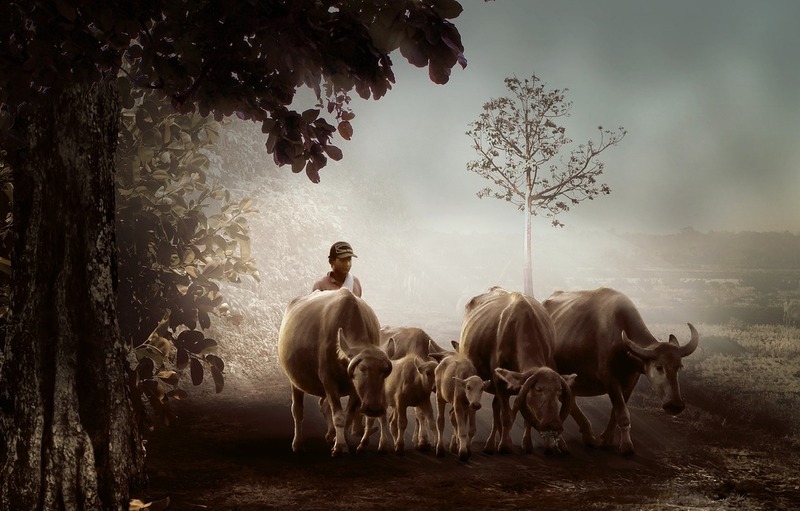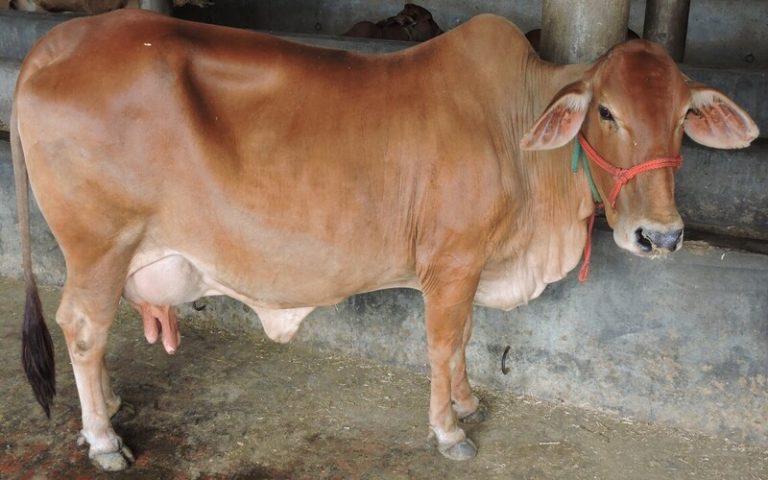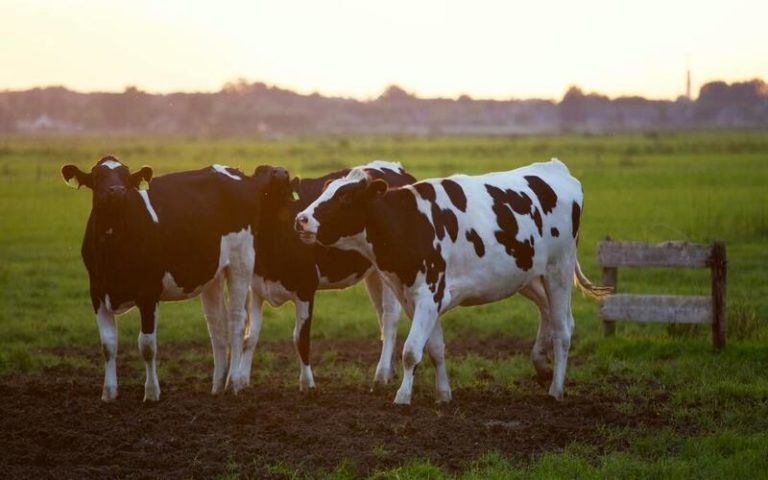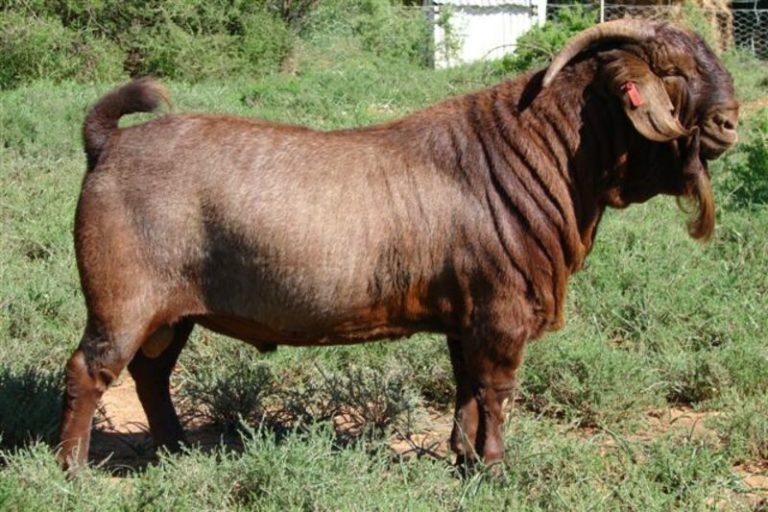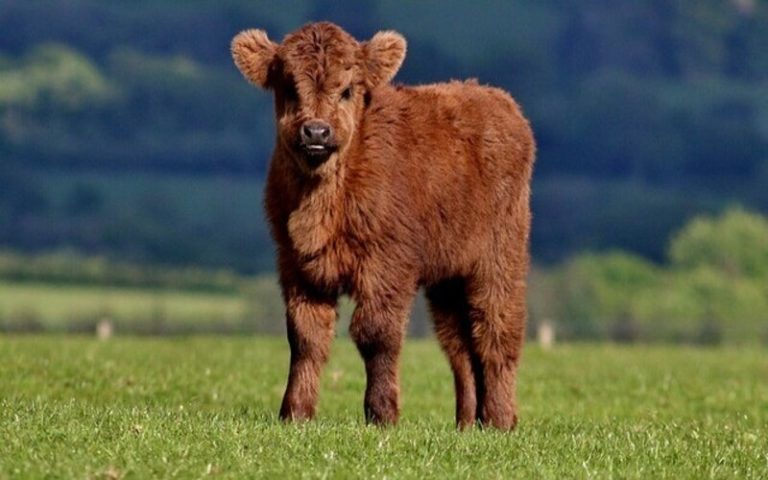Livestock: The Backbone of Agricultural Systems and Food Production
Introduction:
Livestock farming has been an integral part of human society for thousands of years, providing food, fiber, and other valuable products. In modern times, livestock production has become a major component of the global food system, with millions of animals being raised for meat, dairy, and other products.
In this article, we will explore the importance of livestock in agriculture, the different types of livestock production systems, and the challenges and opportunities facing the livestock industry.
Types of Livestock Production Systems
Livestock production systems refer to the way animals are raised and managed for food, fiber, and other products. There are various types of livestock production systems, including:
- Extensive systems: These systems use large amounts of land with low inputs and low outputs. Animals are often allowed to roam freely and graze on open pastures.
- Intensive systems: These systems use small amounts of land with high inputs and outputs. Animals are often confined in smaller spaces, such as barns, and are fed and managed more closely.
- Semi-intensive systems are a mix of extensive and intensive systems: They use a medium amount of land and inputs.
- Mixed systems, like dairy farming or raising chickens, raise both crops and animals at the same time.
- Specialty systems: These systems are designed to produce specific products, such as wool, honey, or eggs, and may use unique production methods.
The choice of livestock production system depends on many factors, including the type of animal, the climate, the available resources, and the market demand.
By knowing about these different systems, producers can make decisions that will help them be as efficient and profitable as possible while having the least amount of impact on the environment.
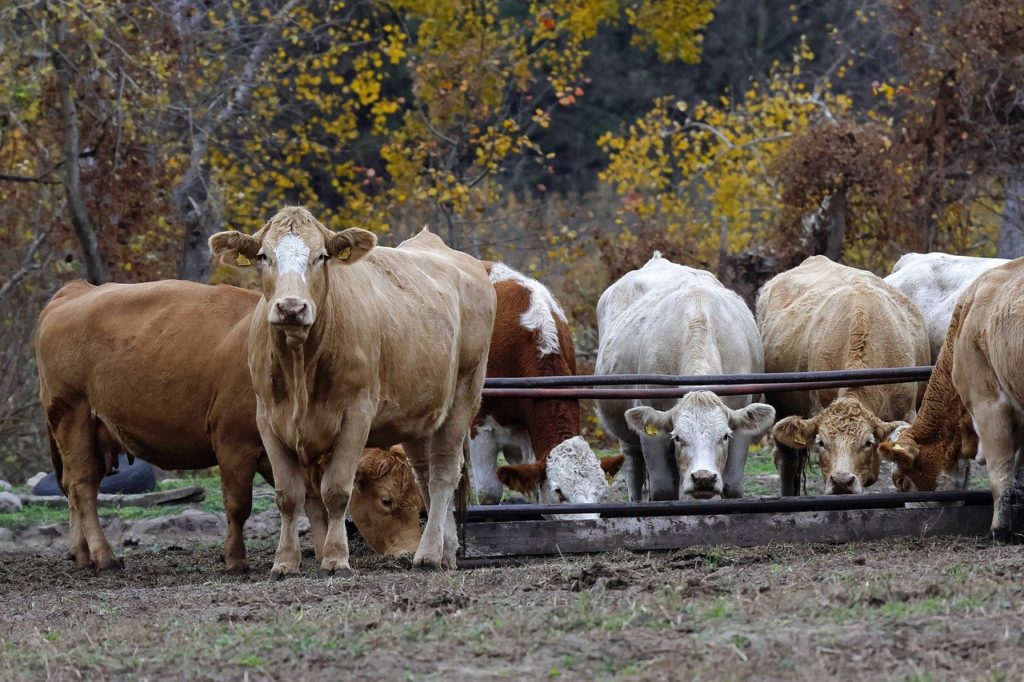
Benefits of Livestock Production
Livestock production has many benefits, including:
- Food security: Livestock is a reliable source of food, like meat, milk, and eggs, that helps feed the world’s growing population.
- Economic growth: Livestock production creates jobs and generates income for individuals, families, and communities.
- Better nutrition: Products from animals, like milk and meat, are full of nutrients that are important for human health and growth.
- Soil conservation: Animals can help keep soil fertile by adding organic matter and stopping soil from washing away.
- Biodiversity: Raising livestock can help protect biodiversity by giving wildlife a place to live and food to eat and by keeping traditional breeds of animals alive.
- Rural development: Raising livestock is often a key part of rural development, and it can be a way for small farmers and rural communities to make money.
- Carbon sequestration: Livestock can help slow down climate change by storing carbon in the soil by making organic matter and reducing emissions from cutting down trees.
However, it’s important to note that improper livestock management practices can also have negative impacts on the environment, such as overgrazing, land degradation, and greenhouse gas emissions.
To get the most out of livestock production, it’s important to use methods that are sustainable and good for the environment.
Challenges Facing the Livestock Industry
The livestock industry faces a number of challenges, including:
- Animal welfare: Bad management practices can lead to mistreatment and neglect of animals, which can lead to criticism from the public and less trust from consumers.
- Degradation of the environment: Having a lot of livestock can hurt the environment in many ways, such as by polluting the air and water, destroying the soil, and causing a loss of species.
- Disease outbreaks: Disease outbreaks like the avian flu and mad cow disease, which can have serious effects on the economy and people’s health, can have an impact on animal farming.
- Antimicrobial resistance: Overuse of antibiotics in livestock production can lead to the development of antibiotic-resistant bacteria, which is a growing public health concern.
- Climate change: The livestock industry releases a lot of greenhouse gases, so there is a lot of pressure on it to reduce its carbon footprint.
- Competition for resources: The increasing demand for livestock products is putting pressure on limited resources, including land, water, and feed.
- Market volatility: Changes in the market can have an impact on the livestock industry, which could mean less money for producers and higher financial risk.
To address these challenges, it is important for the industry to adopt sustainable and responsible production practices, such as reducing waste and greenhouse gas emissions, improving animal welfare, and promoting disease control measures.
Governments, industry groups, and consumers can also work together to promote and support practices for raising livestock that are good for the environment.
Opportunities for the Livestock Industry
Despite the challenges facing the livestock industry, there are also numerous opportunities for growth and innovation. Some of these include:
- Growing demand for protein: The growing need for protein around the world, especially in developing countries, gives the livestock industry a big chance to grow.
- Alternative protein sources: The rise of alternative protein sources, such as plant-based meat substitutes, presents both a challenge and an opportunity for the livestock industry. Producers can respond to this trend by adding other sources of protein to the products they sell.
- Sustainability: The growing public interest in responsible and sustainable production practices gives the livestock industry a chance to stand out and appeal to consumers who care about the environment.
- Technology: The creation of new technologies like precision agriculture, smart livestock management systems, and gene editing can help the livestock industry become more efficient and productive.
- Global trade: As trade becomes more global, it gives the livestock industry chances to reach more people and get into new markets.
- Value-added products: The growing demand for specialty and niche products, like organic and locally sourced meat, gives producers a chance to add value to their products and set themselves apart from their competitors.
If the livestock industry takes advantage of these chances and works to solve the problems it faces, it can continue to grow and do well in the years to come.
Conclusion:
Livestock production is a critical component of the global food system, providing food, fiber, and other valuable products. While the industry faces significant challenges, such as disease outbreaks, environmental degradation, and food safety concerns, there are also numerous opportunities for improvement and growth.
By using best practices, investing in new technologies, and adapting to changing consumer needs, the livestock industry could support food security and economic growth in the years to come in an even bigger way.
Also Read :-
From Feed to Health: A Comprehensive Guide to Livestock Management

